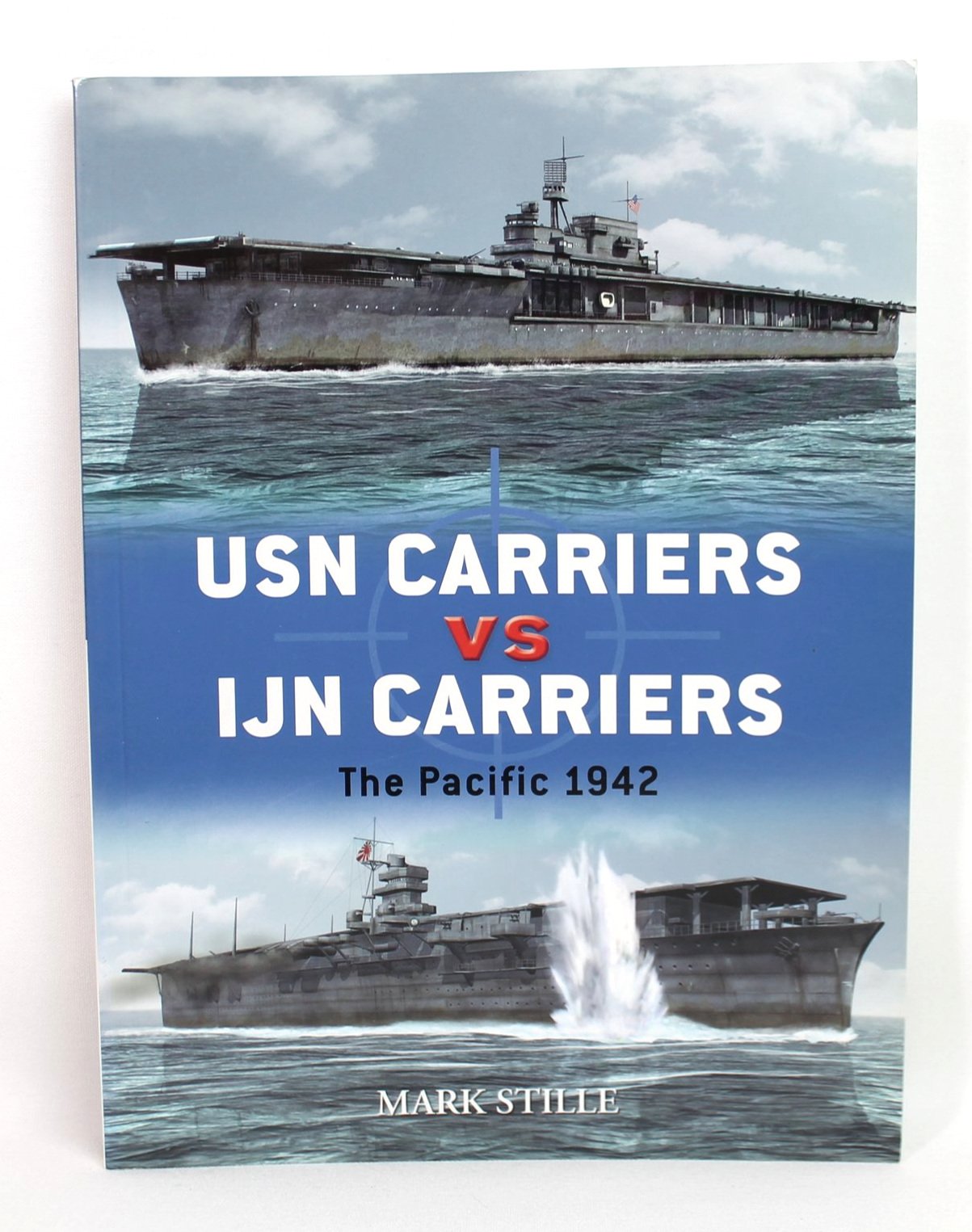Fortress 78 - The German Fortress of metz 1870-1944 by Clayton Donnell
Following the defeat of France in the Franco-Prussian War of 1870-71 and the absorption of the provinces of Alsace and Lorraine into the newly formed German Empire, the German Army decided to construct a fortress line from Strasbourg to Luxembourg to protect their new territory and counter the great fortress system that was being built from Switzerland to Belgium, the centerpiece of which was the great Moselstellung (Moselle Position) of Metz/Thionville.
The fortress consisted of concrete batteries that fired 10 and 15cm guns from steel turrets, concrete barracks, infantry strong points with ditches defended by casemates, and concrete trenches with shelters and steel observation cupolas. The entire position was surrounded by a wide belt of barbed wire entanglements that were defended by machine gun and rifle positions, and hidden from the view of the attacker. Illustrated with photographs and full color cutaway artwork, this book examines the design and development of the fortress and analyzes its use in combat, focusing particularly on the part it played in holding up General Patton's Third Army's advance across France in 1944.
Condition: Like New
Pages: 64 Paperback
Dimensions: 7-1/4x9-3/4
Author: Clayton Donnell
Publisher: Osprey
Following the defeat of France in the Franco-Prussian War of 1870-71 and the absorption of the provinces of Alsace and Lorraine into the newly formed German Empire, the German Army decided to construct a fortress line from Strasbourg to Luxembourg to protect their new territory and counter the great fortress system that was being built from Switzerland to Belgium, the centerpiece of which was the great Moselstellung (Moselle Position) of Metz/Thionville.
The fortress consisted of concrete batteries that fired 10 and 15cm guns from steel turrets, concrete barracks, infantry strong points with ditches defended by casemates, and concrete trenches with shelters and steel observation cupolas. The entire position was surrounded by a wide belt of barbed wire entanglements that were defended by machine gun and rifle positions, and hidden from the view of the attacker. Illustrated with photographs and full color cutaway artwork, this book examines the design and development of the fortress and analyzes its use in combat, focusing particularly on the part it played in holding up General Patton's Third Army's advance across France in 1944.
Condition: Like New
Pages: 64 Paperback
Dimensions: 7-1/4x9-3/4
Author: Clayton Donnell
Publisher: Osprey
Following the defeat of France in the Franco-Prussian War of 1870-71 and the absorption of the provinces of Alsace and Lorraine into the newly formed German Empire, the German Army decided to construct a fortress line from Strasbourg to Luxembourg to protect their new territory and counter the great fortress system that was being built from Switzerland to Belgium, the centerpiece of which was the great Moselstellung (Moselle Position) of Metz/Thionville.
The fortress consisted of concrete batteries that fired 10 and 15cm guns from steel turrets, concrete barracks, infantry strong points with ditches defended by casemates, and concrete trenches with shelters and steel observation cupolas. The entire position was surrounded by a wide belt of barbed wire entanglements that were defended by machine gun and rifle positions, and hidden from the view of the attacker. Illustrated with photographs and full color cutaway artwork, this book examines the design and development of the fortress and analyzes its use in combat, focusing particularly on the part it played in holding up General Patton's Third Army's advance across France in 1944.
Condition: Like New
Pages: 64 Paperback
Dimensions: 7-1/4x9-3/4
Author: Clayton Donnell
Publisher: Osprey





























